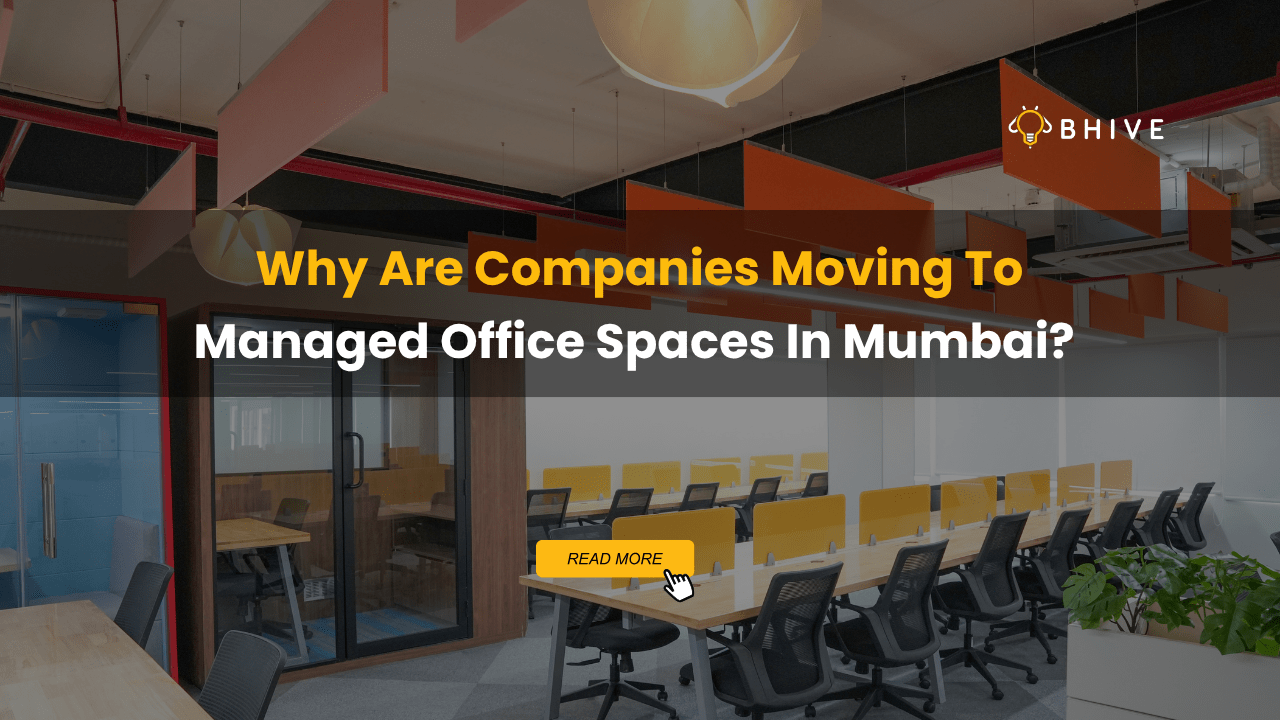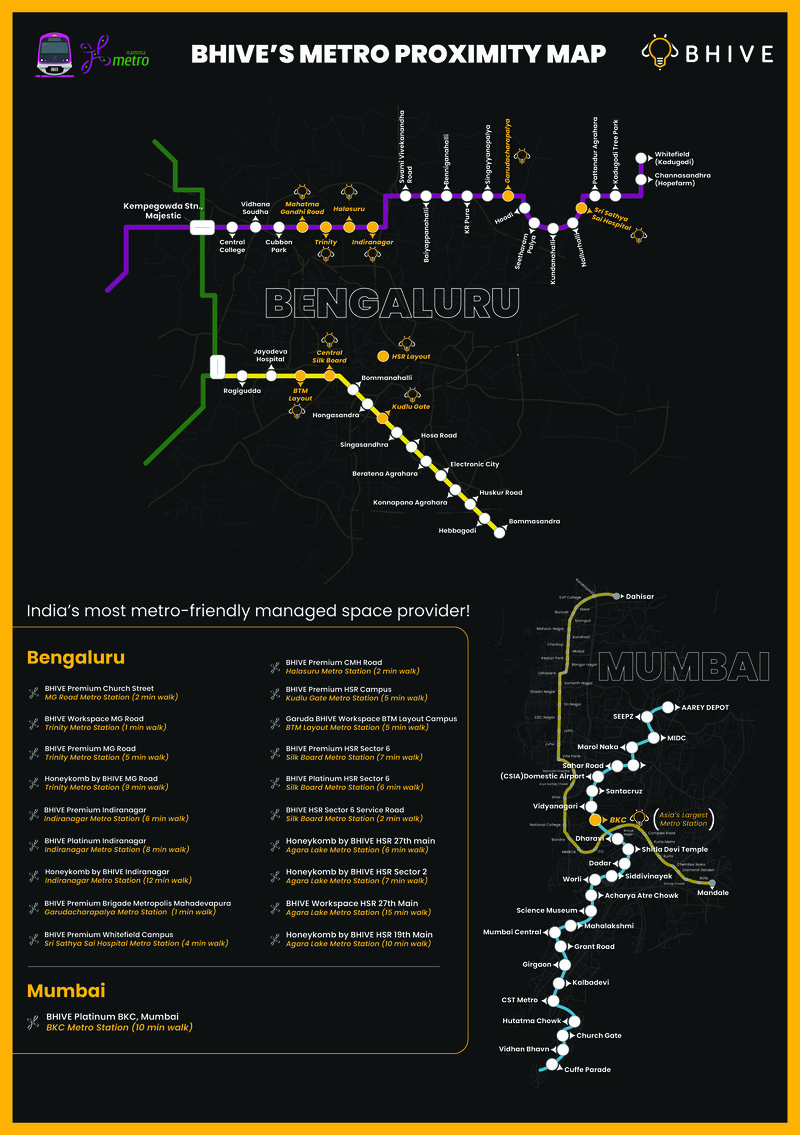Future of Virtual Reality in Coworking Spaces

The journey and future of virtual reality and other virtual tech imperatives has been exciting, going through various phases of transformation and finally making a mark as a mainstream necessity. Though the concept has been around for quite some time, the wide acceptance and adoption gained traction during the pandemic when businesses and individuals were looking for ways to connect and collaborate. During that time virtual reality not only offered tangibility and personalized experience while everyone was confined within in their homes, but also proved to be an effective tool for business continuity.
Today, virtual reality has become an inseparable part of many businesses and coworking is one segment that is making the best use of this. At the back of changing ways of working and work preferences where employees are demanding flexibility, a lot of coworking operators are offering tech enablement to their operators to make collaboration seamless. These occupiers are leveraging virtual reality to connect with their employees who are operating from diverse locations. There are various Saas-based virtual platforms that offer realism-based experiences and a lot of enterprises are using these platforms to collaborate. The renowned operators have integrated these virtual offerings to create virtual offices which any enterprise can opt for if the particular business model doesn’t need any physical space or seat take-up.
For smaller enterprises, this kind of tech enablement is doing wonders as a virtual set-up not only offers a lot of flexibility but is also quite cost-effective. Due to the innovation that is making continuous breakthroughs in the coworking space, the segment is able to create more options and offerings, thus catering to a much wider range of occupiers.
As opposed to other digital modes of communication and collaboration like Zoom or Webex call, virtual reality is also redefining the quality and overall experience of business collaboration. Enterprises often find it challenging to engage with employees who are based remotely, or if the enterprise has a hybrid working model. The main concern for these enterprises is to keep the employees motivated and enhance overall productivity. While digital meeting platforms can establish connections, employees often get bored with mundane online meetings that lack personalized experiences. Virtual reality on the other hand filled the void and the innovation was taken to new heights by a lot of coworking operators where a virtual office is offering realism that is as good as reality.
Moreover, the collaboration is not just restricted to business meetings. The coworking operators are also leveraging virtual reality to offer experiences that complement the rising need for work, play, and overall work-life balance. Besides, virtual reality is also used to curate virtual events and the operators are using virtual mediums to not only host events but also create an opportunity for enterprises based out of diverse locations and facilities to network, exchange ideas, and share knowledge.
While the coworking segment has embarked on an exciting journey with virtual reality as a key driver for change, it is true that the more enterprises embrace virtual reality as a viable option, the more opportunities can be explored in the space. With the world realizing the potential of ‘Phygital’, the future of virtual reality will unlock possibilities, and the coworking space will find itself amidst a lot of options to play with and leverage.







